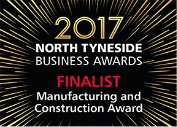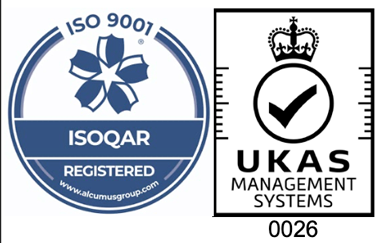Replacing old rubber parts with new
8th January, 2019
Thankfully, bespoke rubber companies such as Aquaseal are able to reverse engineer parts for machinery which is no longer being provided for by the supplier. To do this, we conduct a detailed examination of a part (such as a gasket) to understand its composition and construction.
Then, we reproduce the part. It’s not as easy as it sounds, though – there’s a lot to consider in order to ensure the product is functional and fit for purpose. We’ll need accurate information on the part, gleaned either from a sample or drawing.
There are many other factors an engineer must look at before they are able to effectively replace an old rubber part with a new sealing solution. In this article, we take you through what we need to create a bespoke solution for your older machinery.
Do you have a part drawing?
A good starting point for any engineer trying to reverse-engineer a part is to source the original drawings. If you don’t have these, there may be drawings in old catalogues which will help your engineer better understand the nature of your brief.
The original part drawings will also give your engineer information regarding dimensions and materials, which is crucial for ensuring the part is reproduced properly. Deciding between neoprene, polyethylene and EPDM will be a decision based on the properties required by the part, and it’ll also affect the price you’re going to pay.
How current are the callouts?
A callout is an annotation added to a product drawing that gives additional information to the manufacturer. They also often contain references to any specific standards that the manufacturer should observe, such as environmental considerations when choosing materials.
This means that older callouts will not be suitable for manufacturing the product, especially since standards are updated fairly frequently nowadays.
What are the engineering tolerances?
If you have a sample part, you’ll be able to look at its tolerances. A tolerance (in engineering and manufacturing) refers to the permissible unintended limit of variation in a part’s physical dimension, value, temperature, or spacing.
Essentially, it refers to the limit a part can vary whilst it’s being used without compromising the process taking place. Rubber tolerances are different to metal tolerances; often they aren’t as tight to make room for the fact that rubber can change shape over time, especially if it’s being used in a high-speed machine.
How much is it going to cost?
Because this is a bespoke project and not just standard part supply, the cost will depend on the:
- Scale of the project
- Complexity of the extrusion
- Resources available (i.e. whether you can provide drawings or not)
Speak to a member of the Aquaseal team to determine your minimum order quantity (MOQ) and work out how best we can meet your brief. We’ve been manufacturing natural and synthetic rubber products since 1972, and have a strong presence in the ship and repair industries of Tyne and Wear.
To discuss how we can help reverse engineer machine parts for you, get in touch on 0191 266 0934.


